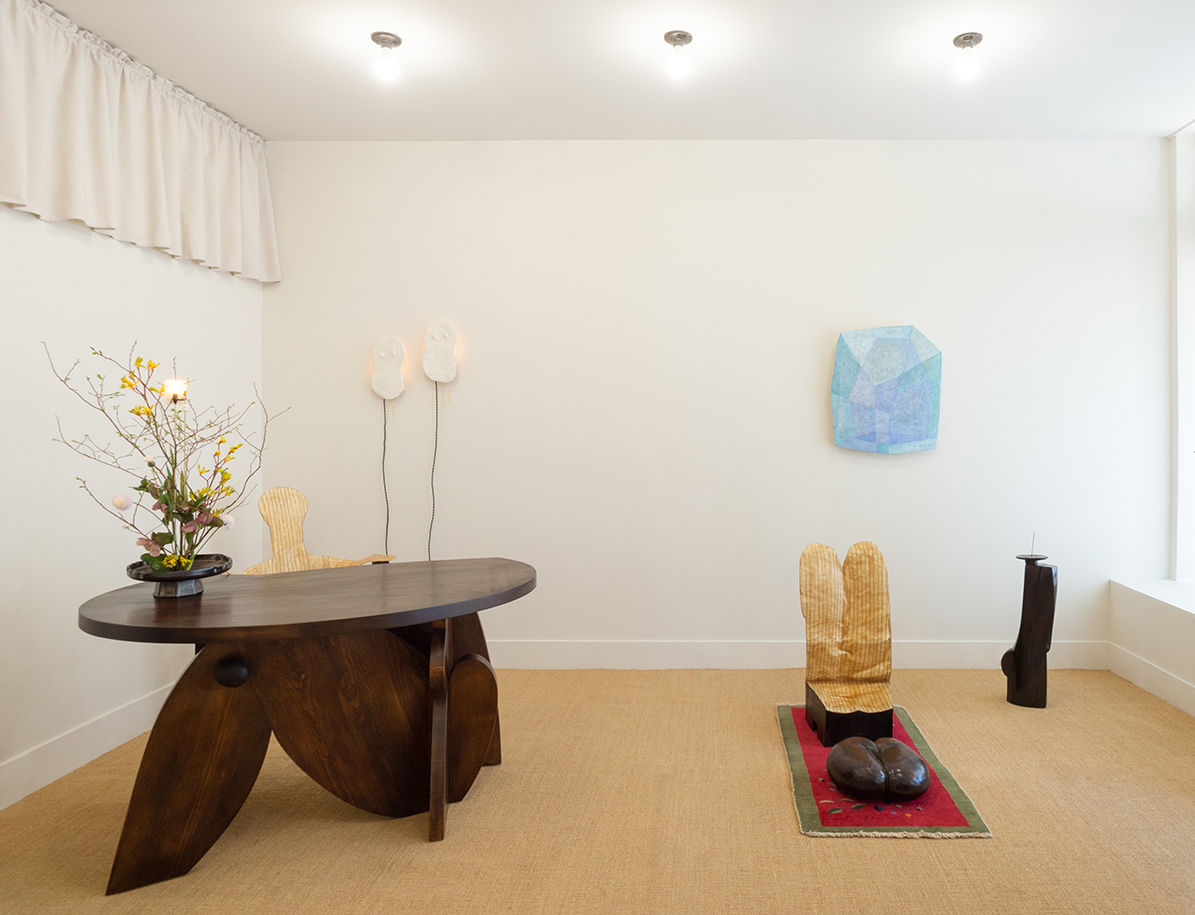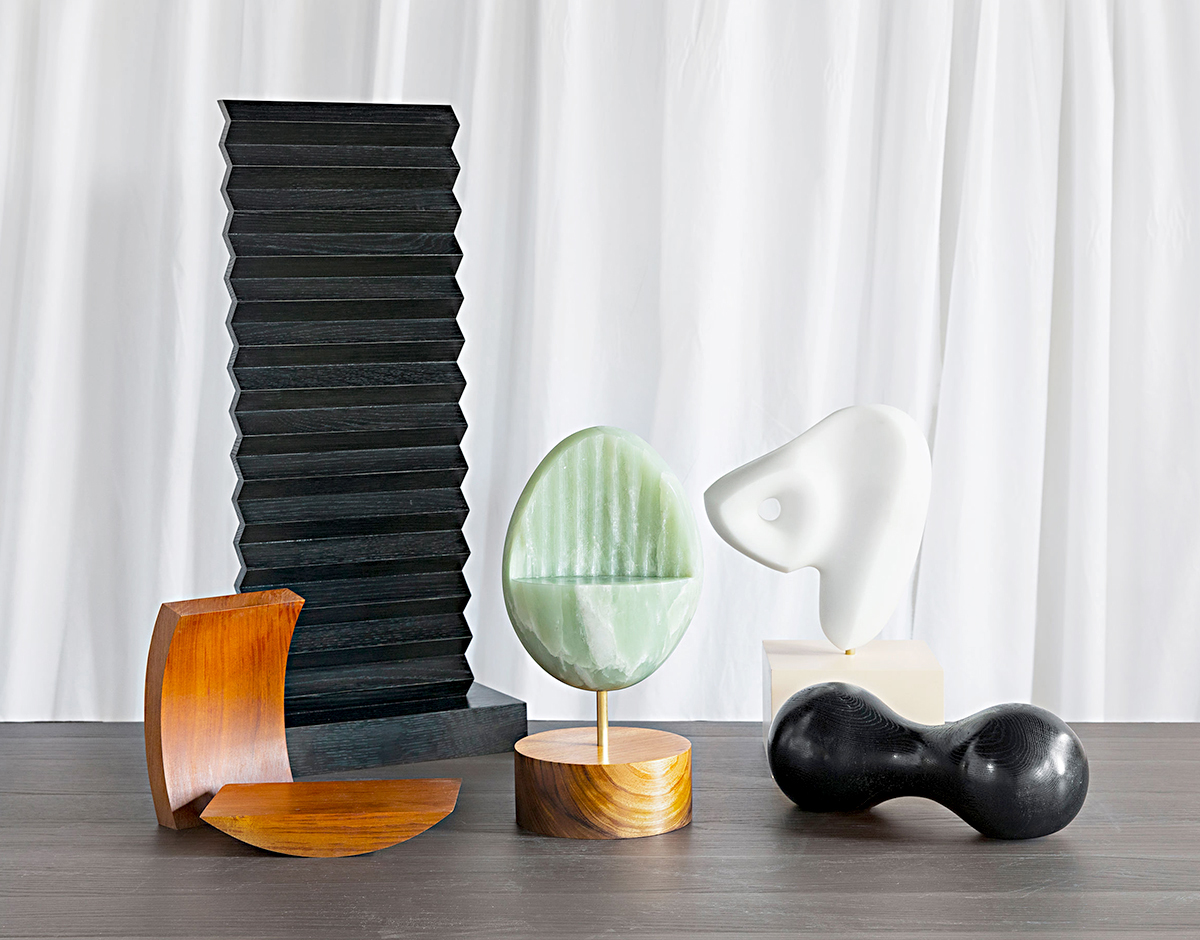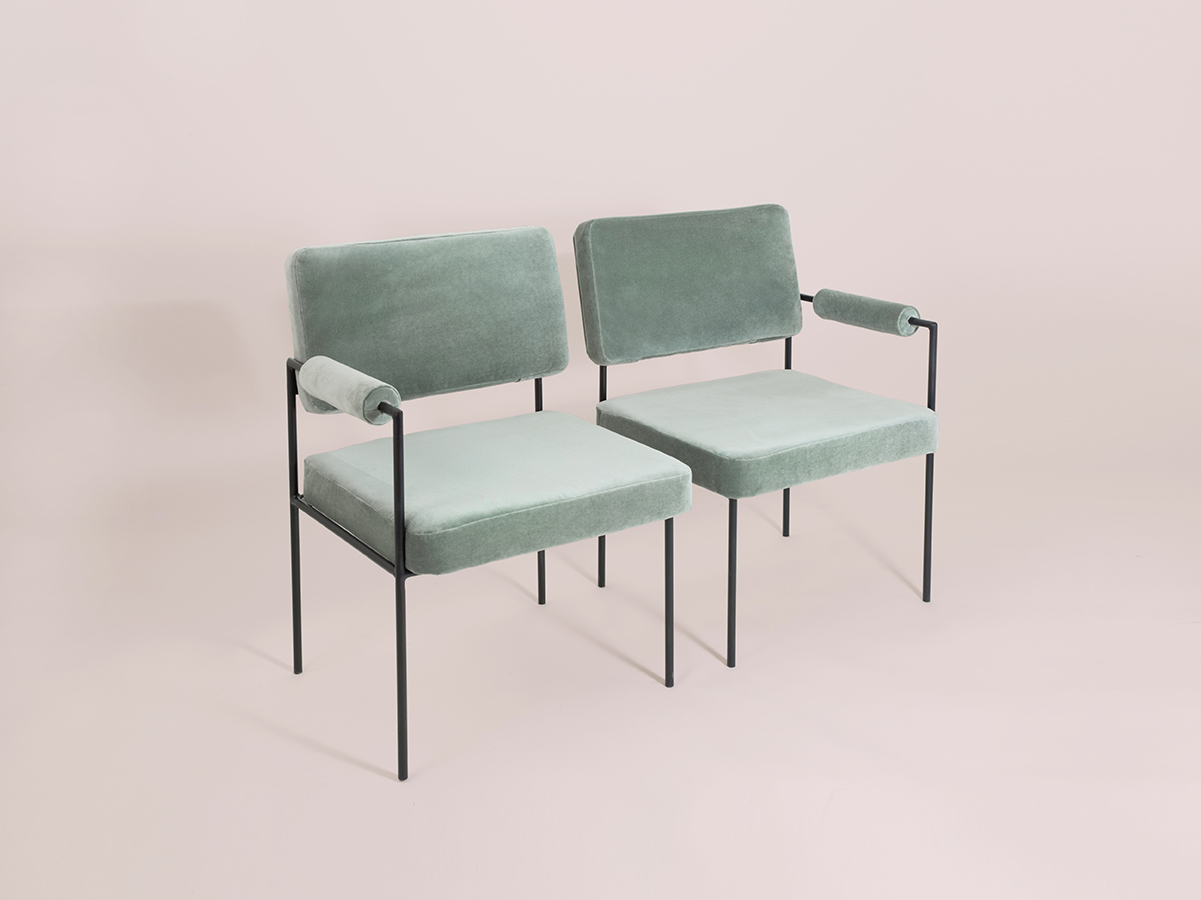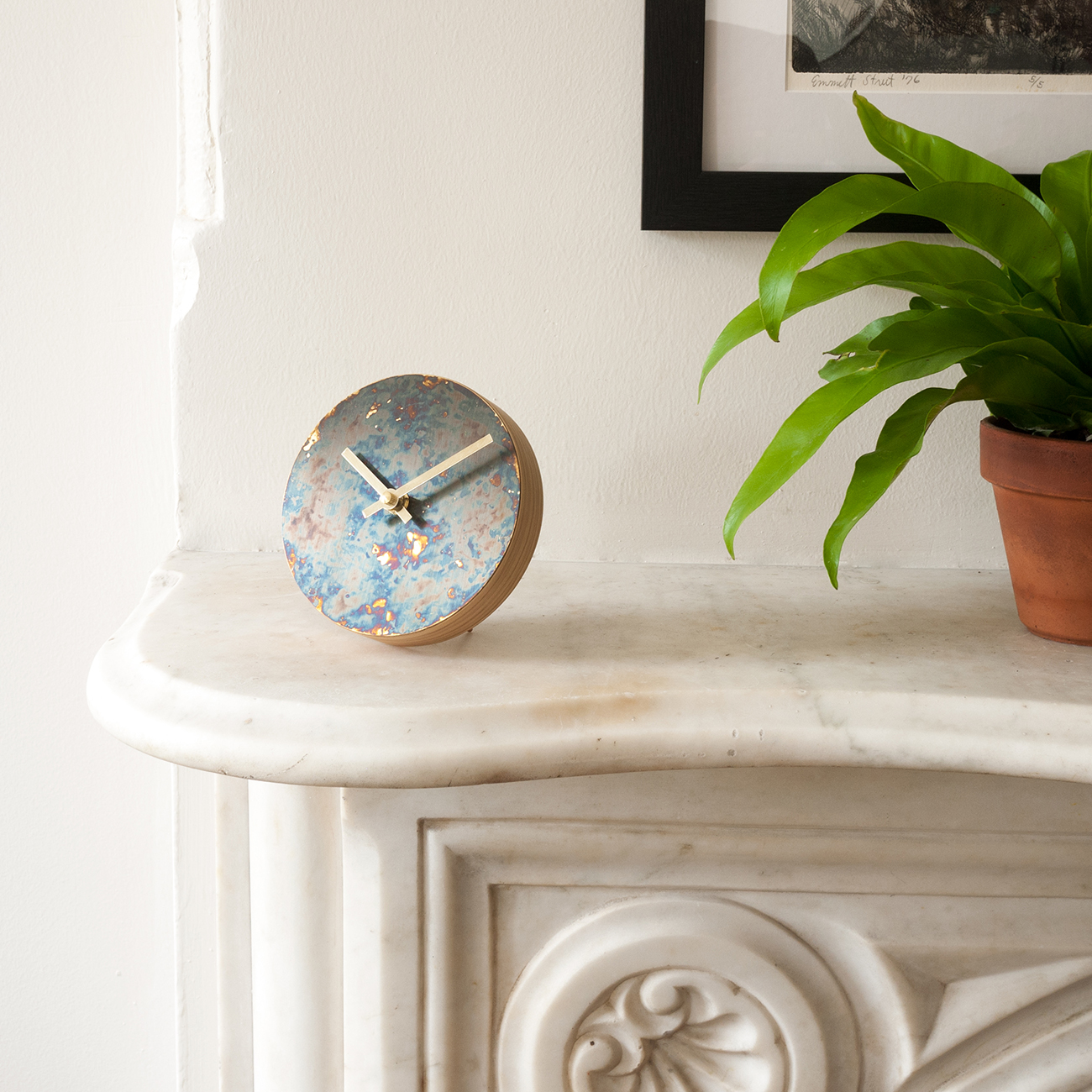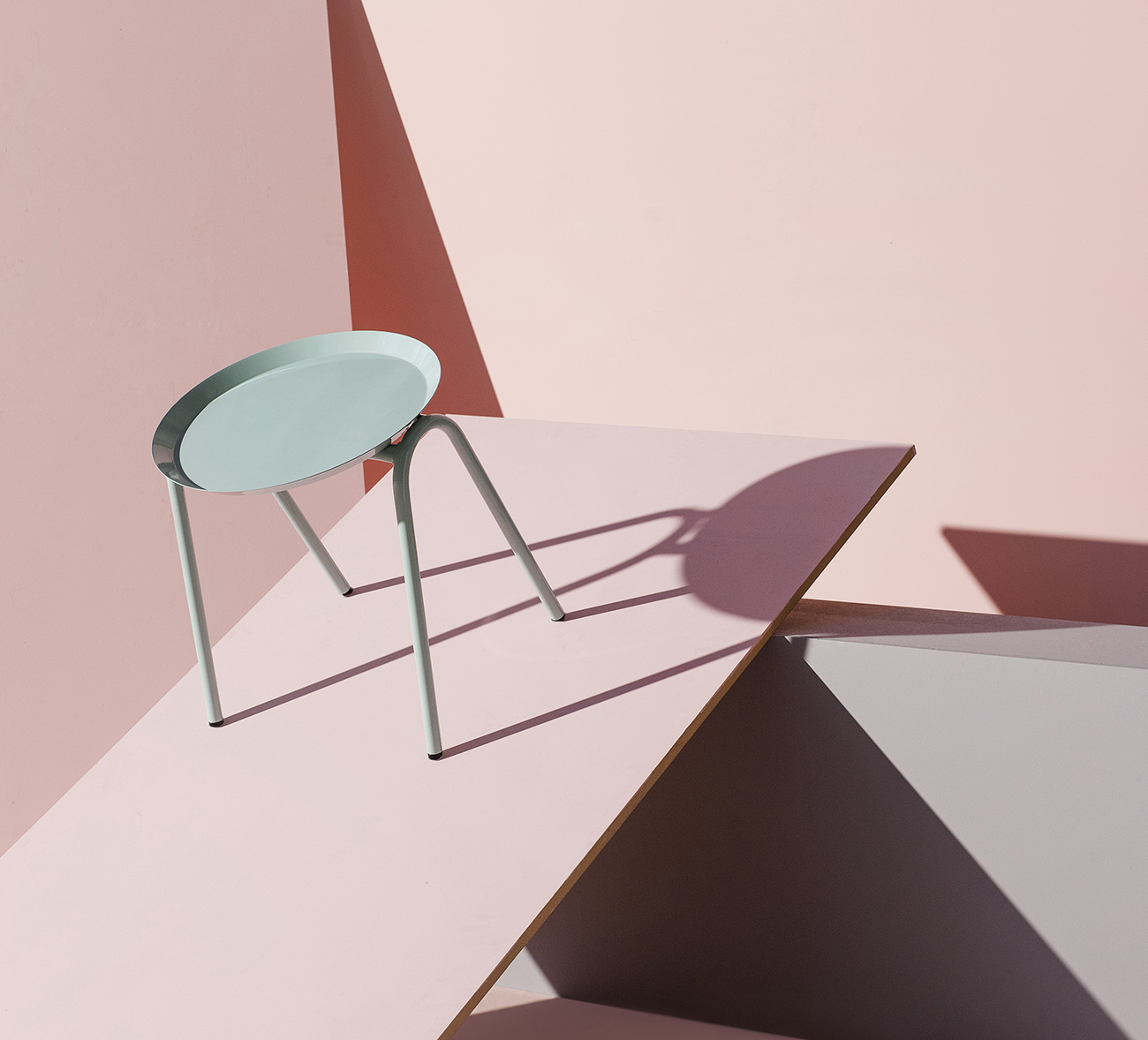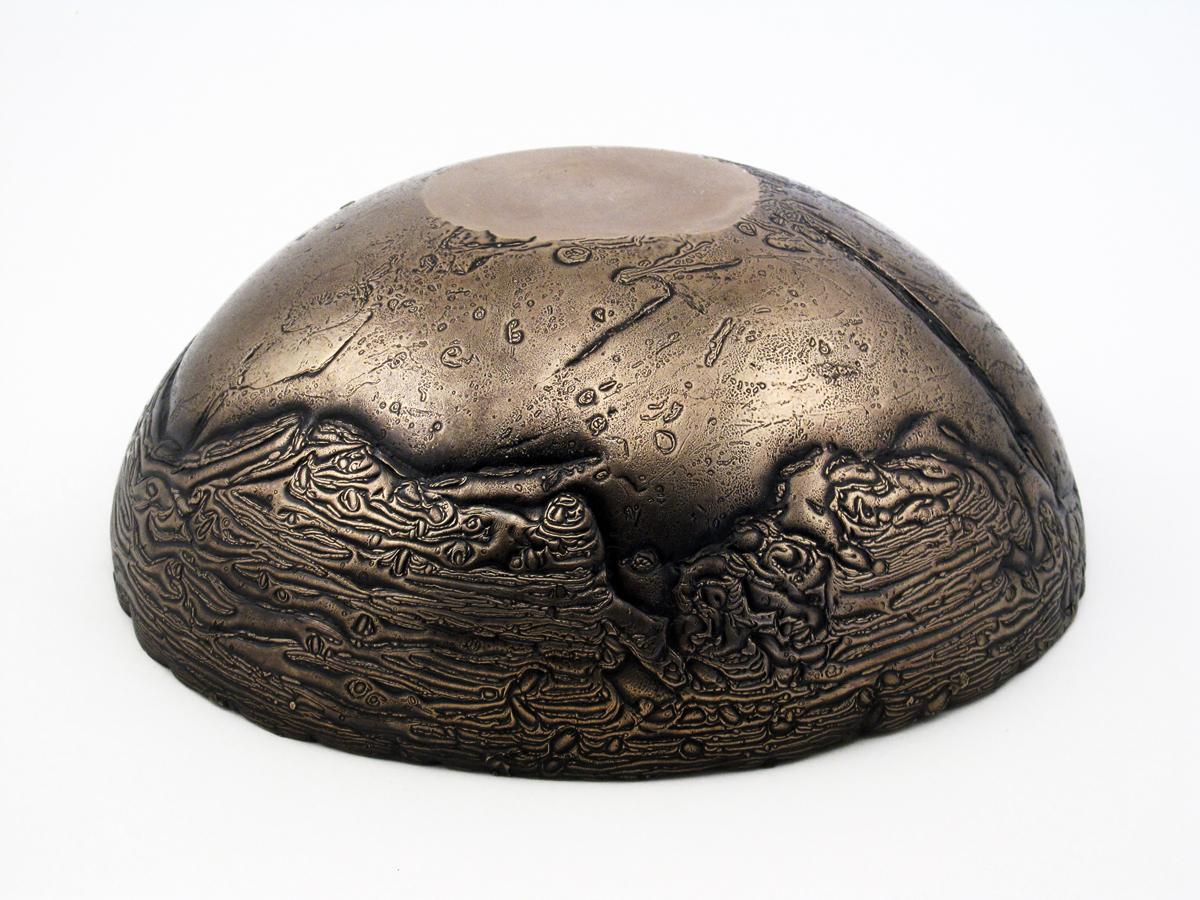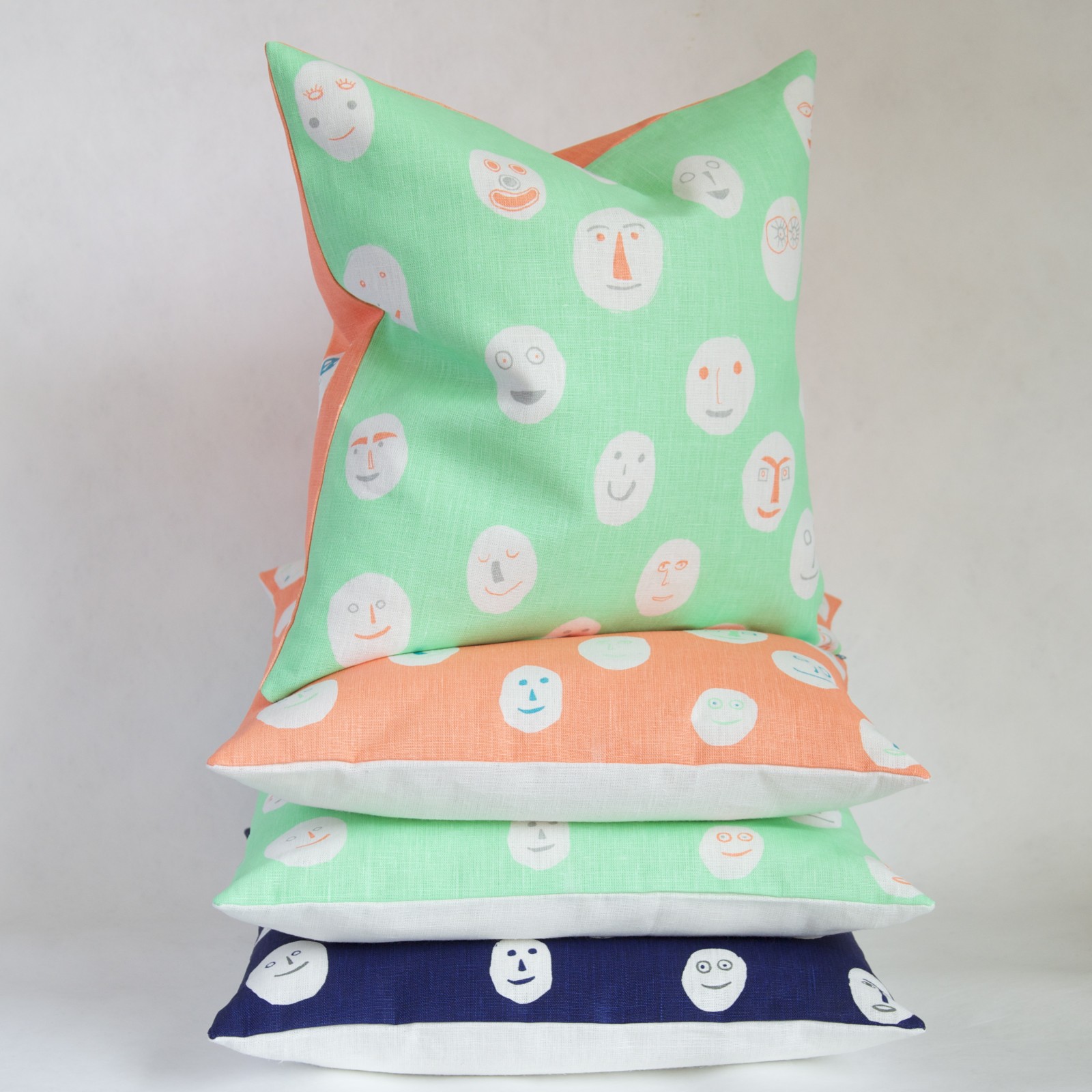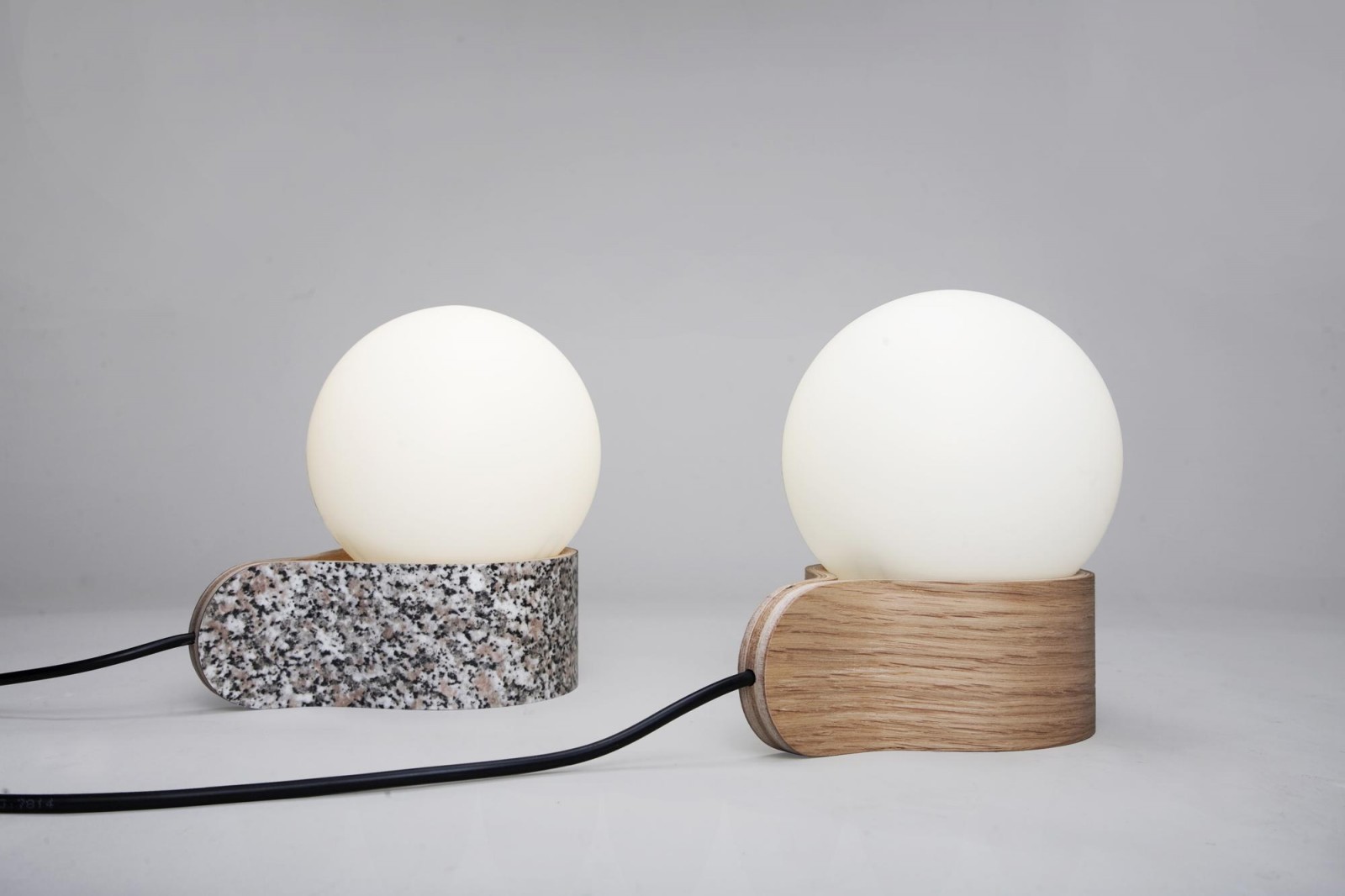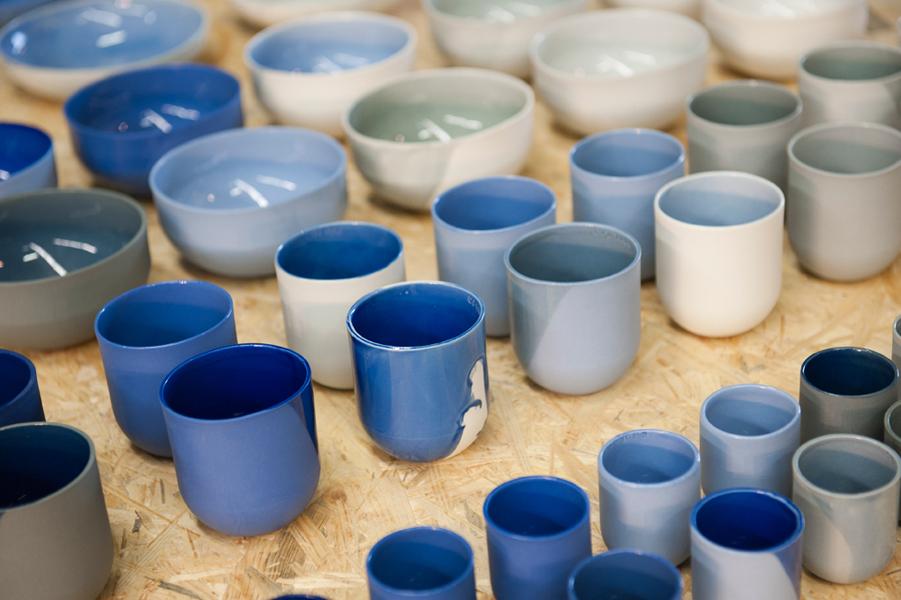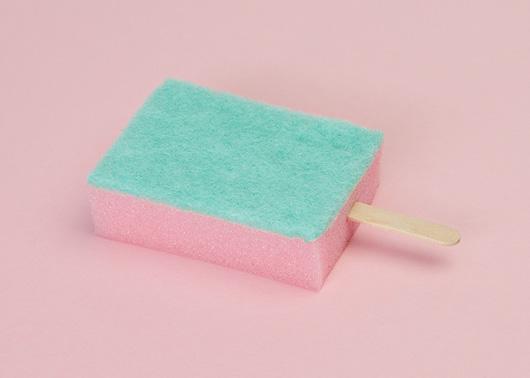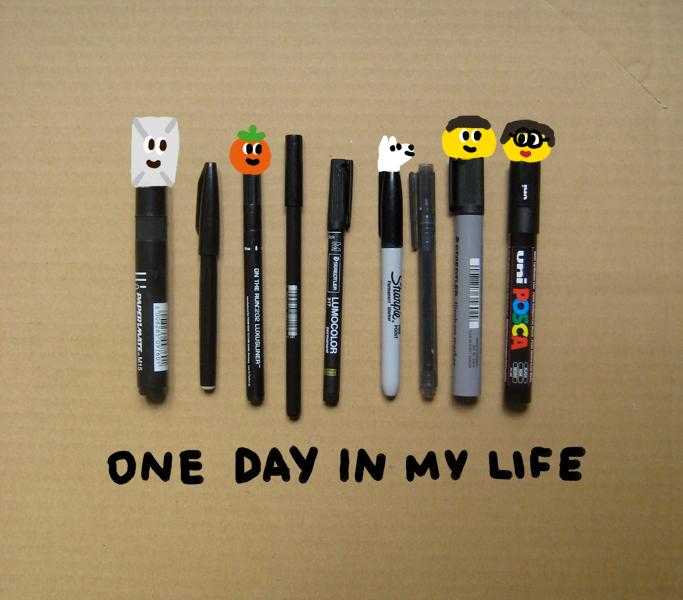In the googly-eyed character world created by Barcelona-based graphic artist Antonio Ladrillo, you might see shades of Cartman, or maybe the Lowly Worm from Richard Scarry’s Busytown books. But though the 36-year-old artist counts among his influences illustrators like Olle Eksell, David Shrigley, and Bruno Munari, the one thing he returns to over and over again is Super Mario Brothers, the NES videogame created in 1985 by Japanese artist Shigeru Miyamoto. “It’s fascinated me for years, but I only started to value it as something artistic when I was older,” says Ladrillo. “It perfectly combines my main interests: rhythm, color, shape, and space. I often go to it as a way to find some aesthetic pleasure.” It should come as no surprise then to anyone familiar with Ladrillo’s drawings that, like a videogame artist, he can't help but constantly imagine his characters in motion. “So much so, that for a time I couldn’t draw anything that wasn’t moving because it looked unfinished to me,” he says.
